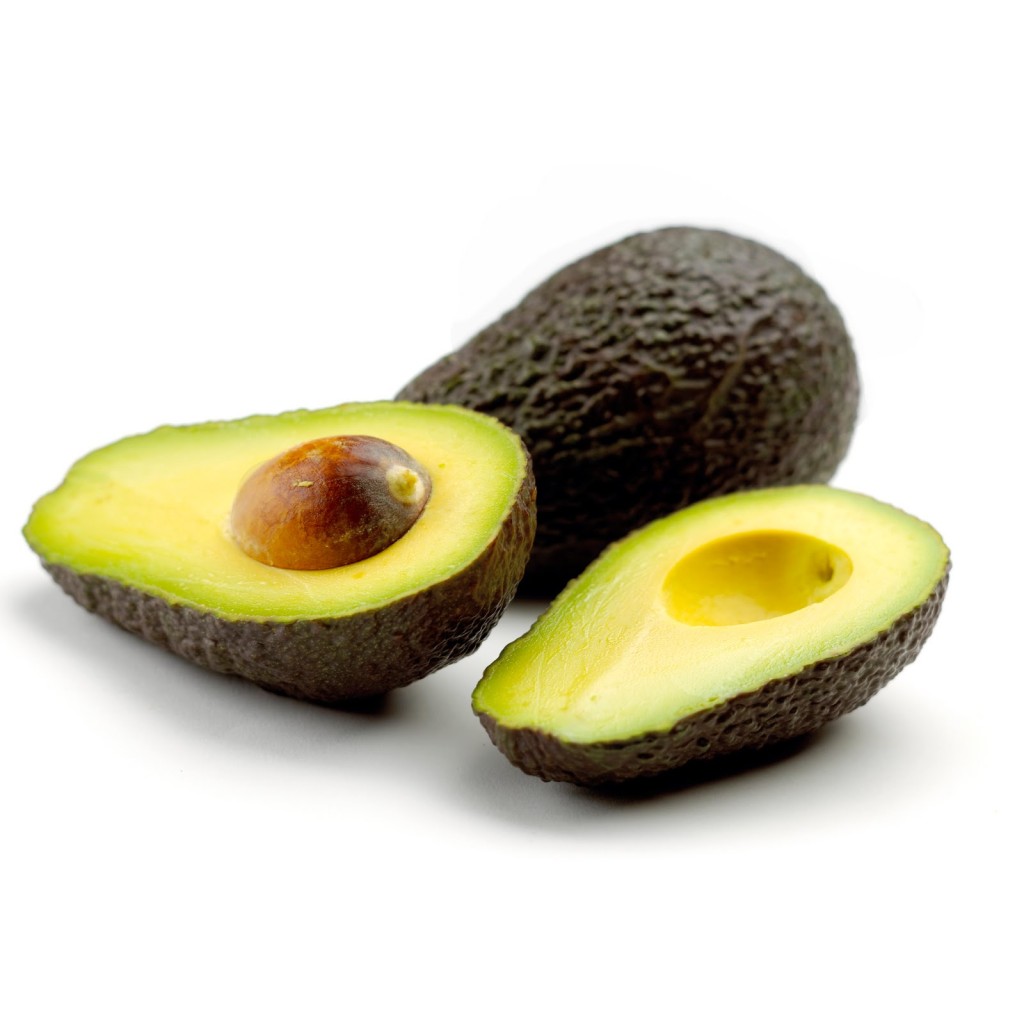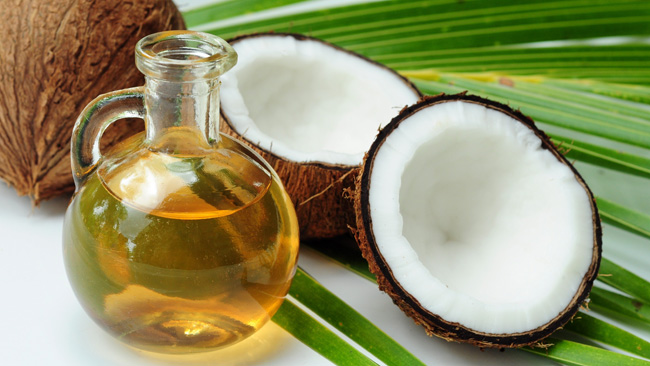
When it comes to nutrients and dietary building blocks, fat has been attacked for years as the most significant risk to our health. Here’s how to eat fat to burn fat and why it works.
Whether you’re trying to lose weight, gain muscle, improve body composition or just simply maintain a healthy lifestyle, there is a great deal of conflict when it comes to the real deal on fat.
Thankfully, recent scientific studies have shed light on the real place of fat in a healthy diet—and change is coming. For too long Americans have been led to believe that fat is the main cause of dietary failure.
Bryan Walsh published an article in the June issue of Time magazine called “Ending the War on Fat,” that explored both the history of how fat has been classified as the nutritional public enemy number one, and how this science was flawed.
When it comes to strength training, bodybuilding, and intense athletics, there are vastly different nutritional demands for performance and gains than for other lifestyles. However, in order to reach the long-term goals of a healthy body, it’s important to always be seeking ways to bridge the gap between what is healthy overall for your body, and what you require to achieve the look, size, and strength you desire. So, we’ll explore Walsh’s findings and as always put in context for your goals as a hard training athlete.
The modern practice of using low-fat dressings, artificial butter substitutes, artificial sweeteners and diet drinks comes at a great cost.
Many of these foods are filled with artificial ingredients.
So where did this practice come from?
According to Walsh, in 1977 the Senate put forth health guidelines that encouraged Americans to eat less fatty meat red meat, eggs and dairy and replace these instead with more fruits and vegetables and especially emphasized more carbohydrates. Later in 1980 when the USDA put out its first ever set of dietary guidelines, a main principle was avoiding cholesterol and all fat across the board.
This was coupled with a rather expensive study by the federal government that set forth the new standard: less fat and cholesterol reduces risk of heart attack. It’s important to note here, that no distinction between any types of fat was made at this point in the nutritional evolution.
Putting fat as the first enemy leads to a huge number of issues and puts aside the benefits of healthy fats and their role in brain function and sustaining muscle mass. Not to mention the negative impacts of artificial chemicals and additives put in food to replace this natural nutrient.
The USDA’s guidelines created a trend across the American diet that largely reduced the amount of beef and eggs consumed—replacing them with carbohydrates. Walsh’s study indicates that this trend continued from the late seventies into 2012. During that time, the average American’s intake of calories from carbohydrates soared and this was largely accepted based on the food pyramid.
While weightlifters have always been heavy handed with protein, for many years and even today it’s extremely common to see athletes drinking and eating low-fat everything. While bodybuilders have been cutting carbs and using carb cycling for years before competition, there has been an anti-fat consumption general practice for far too long. Healthy fats are key—we’ll come back to this.

Learn How To Eat Fat To Burn Fat
It turns out, it wasn’t the meat and eggs causing heart disease. Americans are now as unhealthy as they’ve ever been with obesity running rampant and all of the contingent health issues including widespread diabetes.
So for all these years that people were encouraged to lose weight by cutting fat and reduce their risk of heart disease, Walsh suggests there’s a strong case to argue that the opposite is true.
So why do people have such a hard time accepting that fat is an essential nutrient?
Even the way we use the term ‘fat’ to describe being overweight is ingrained in how we think about the nutrient. It doesn’t help that there is a massive industry for producing the artificial ingredients used for processed low-fat foods.
So while there has been a definite shift to embrace the health benefits of higher fat diets like the omega-3s found in fish oil and flax seed, there are a number of other oils that are beneficial as well including olive and coconut oils. These have anti-inflammatory properties and can in themselves protect against heart disease.

In Defense of Meat And Eggs
However, perhaps the most significant finding that Walsh presents that even the fat found in medium rare steak or real butter has nowhere near the effect that these items has been accused of having. Specifically, their effect was found to be more complex than previously thought and in some cases harmless to the body.
The problem, as Walsh explains, was that due to the guidelines put forth by the USDA in hopes of reducing heart disease, we essentially traded a heart disease epidemic for an obesity outbreak. People did not statistically replace fats with healthy fruits and veggies and our American diet became full of starches, which actually increase our appetite, and cause the body to store these calories as fat.
As we’ve said, there is a very specific time for high glycemic load carbs—after a crazy workout regimen, and that’s it.
Selective Fats
Putting this data together it would seem that we’ve been mislead for a long time on the real deal about fat. By no means can it be truthfully said that fat should be avoided across the board. Diets that restrict all fat have been proven to fail. Instead, at least for weight lifters, it’s about reaching balance between the nutritional content of meat and eggs, and embracing their respective fat contents while adding healthy fats to the diet.
Walsh’s piece and other recent studies point toward the practice of selecting those fats which are critical and beneficial to a complete diet. And hopefully it doesn’t need to be said that trans fat has no place in a healthy lifestyle.
These days more and more research is finally honing in a consistent set of principles regarding the healthiest diet. Hopefully Walsh’s defense of fat will help change some thinking. If you’re trying to build a strong healthy body, don’t be afraid of natural fats from dairy and meat, but remember to embrace the natural fats too: Coconut Oil, Olive Oil, Avocado, Flaxseed and Fish Oil.
Conclusion
If you haven’t already, it’s time to change the way you think about fat. It’s not your enemy, and it’s just about adding some fish oil or flax seed omega supplements (although this is a great start). Healthy fat intake falls into balancing your meals and daily food intake with natural, monounsaturated oils like olive and coconut oil
Avocado is another excellent source of healthy fat. Each meal needs to contain a balance of protein, carbohydrates from fruit and vegetables and whole grains if you must have grains and healthy fats. So you can see why eating healthy fats can be considered an eat fat to burn fat goal.
Don’t be afraid to enjoy your red meat and eggs, but seek out a balance of animal and plant proteins and your overall internal health will reap the benefits, and you can still supply your body with all the necessary nutrients for optimum growth and development.
-Terry Asher
Terry
Latest posts by Terry (see all)
- How Important Are Net Carbs For Building Huge Muscle? - Apr 28, 2017
- The Matt Damon Workout Explained - Apr 27, 2017
- Watercress – Benefits And The Best Way To Consume It - Apr 26, 2017










